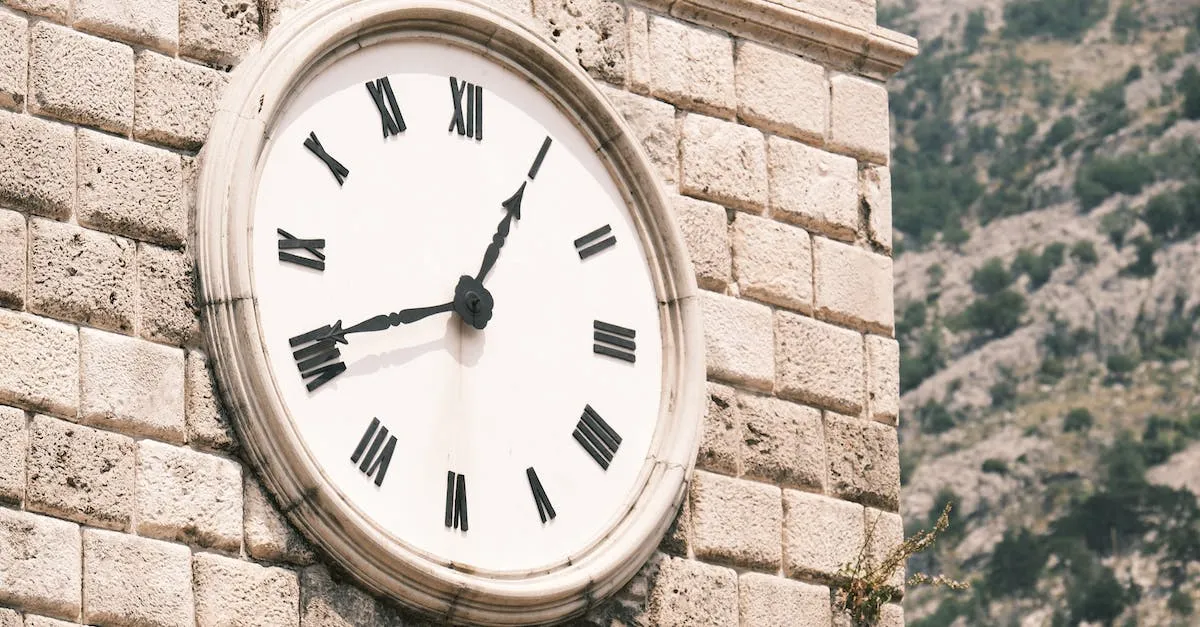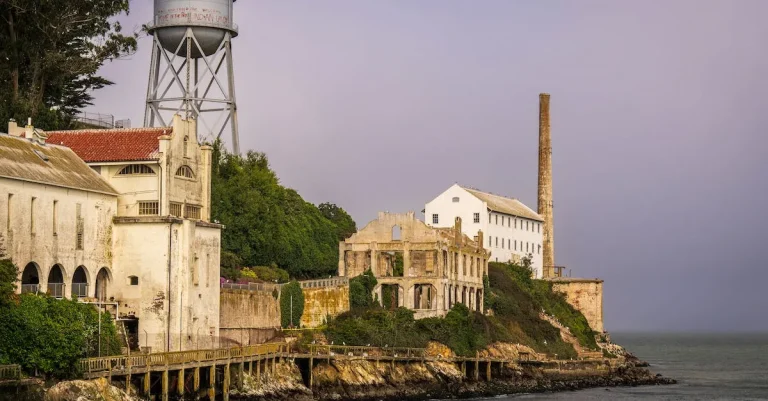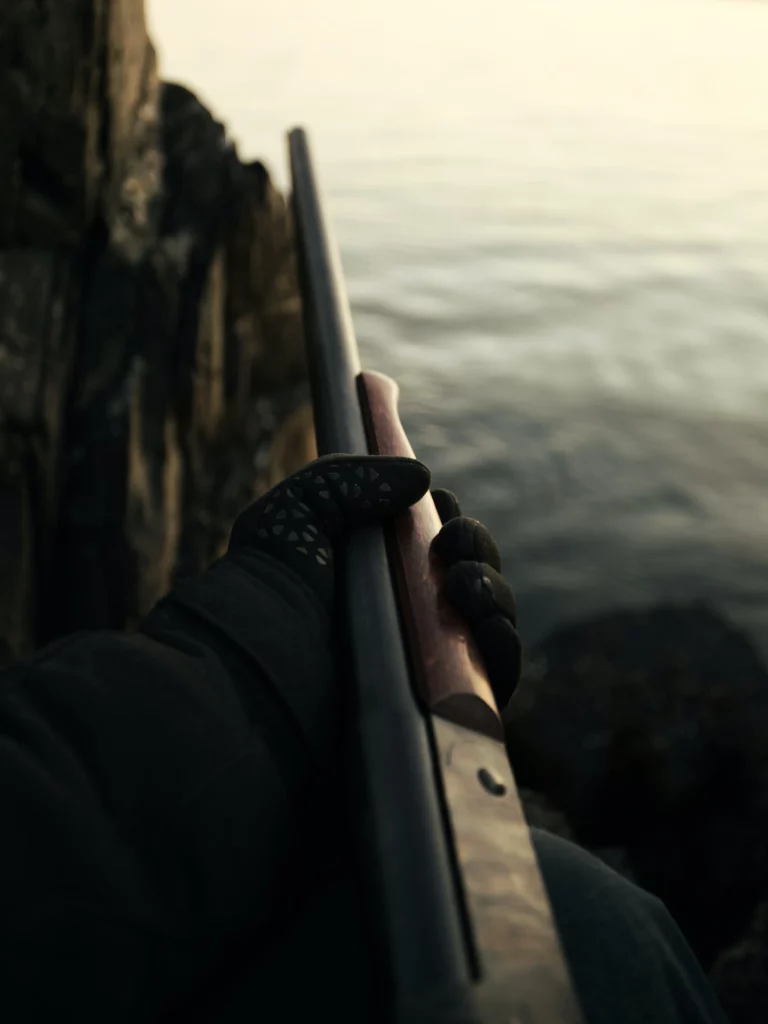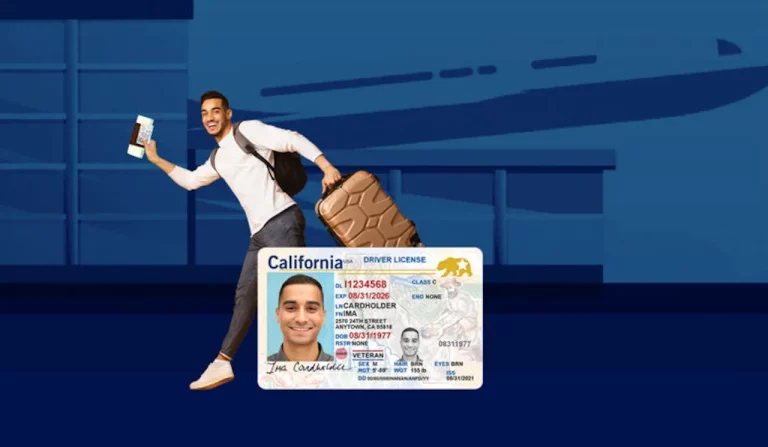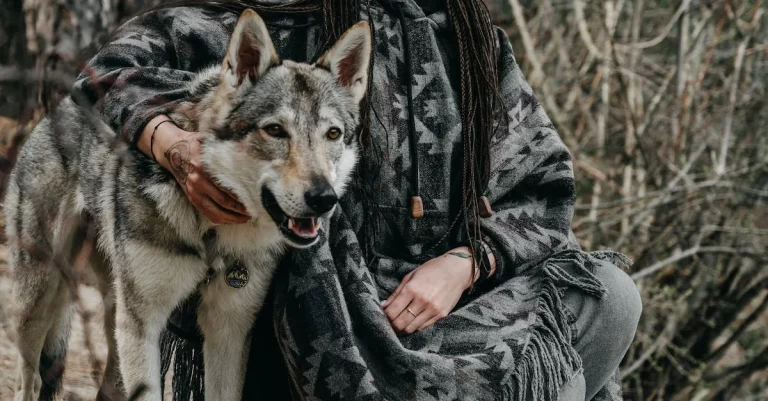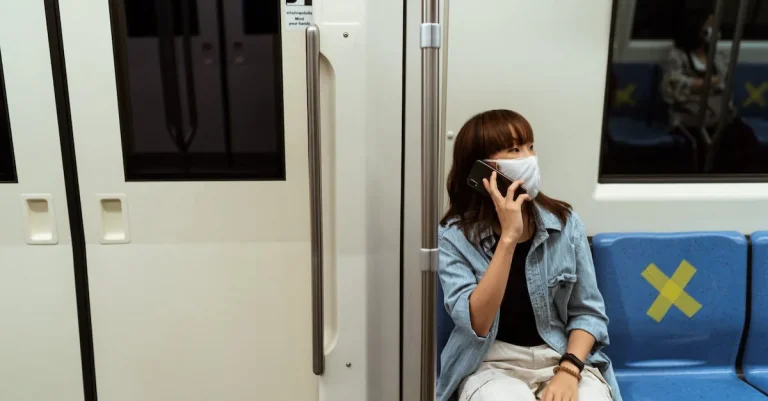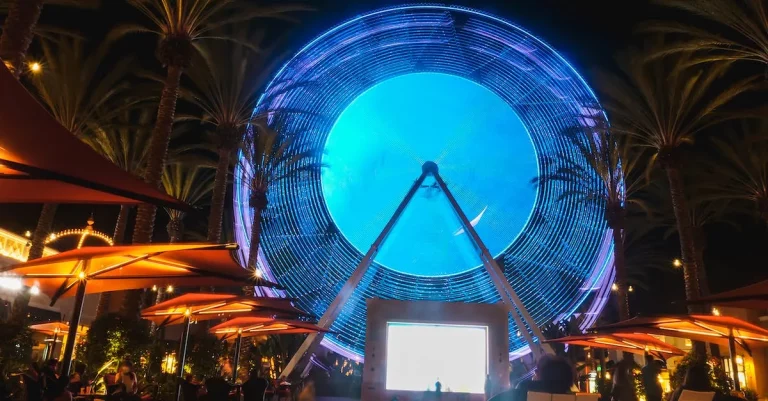The Worst Time To Visit Las Vegas
Las Vegas is famous for its over-the-top casinos, nightlife, and entertainment that make it an exciting place to visit year-round. However, the desert climate means some times of year bring intensely hot weather that can make exploring the Strip and other attractions unbearable.
If you’re short on time, here’s a quick answer to your question: the worst time to visit Las Vegas is mid-summer, from June through August, when average highs top 105°F and regularly exceed 110°F.
Summer Brings Extreme, Dangerous Heat
Las Vegas, known for its vibrant nightlife and bustling casinos, is not without its drawbacks when it comes to the weather. Summer in Vegas can be brutally hot, making it the worst time to visit for those who are not fond of scorching temperatures.
The extreme heat can pose serious risks to both locals and tourists alike.
Daily Highs Average 105-110°F
During the summer months, the daily highs in Las Vegas can reach a scorching average of 105-110°F (40-43°C). This means that stepping outside can feel like walking into an oven. The intense heat can be overwhelming for those who are not accustomed to such extreme temperatures.
It’s important to take precautions and stay hydrated to avoid heat-related illnesses.
Nighttime Lows Offer Little Relief
Even during the nighttime, the heat in Las Vegas doesn’t let up. While the temperatures do drop, it’s not by much. Nighttime lows can still hover around 80-85°F (27-29°C), which can make it difficult to get a good night’s sleep.
It’s important to keep this in mind when planning your activities and ensure you have a cool, air-conditioned place to retreat to during the hottest parts of the day.
Heat Waves Drive Temperatures Higher
Las Vegas is no stranger to heat waves. These prolonged periods of extreme heat can drive temperatures even higher, making it unbearable for anyone spending time outdoors. Heat waves can also increase the risk of heat-related illnesses and dehydration.
It’s crucial to stay informed about weather conditions and adjust your plans accordingly to avoid putting yourself at risk.
Dehydration and Heat Illness Are Risks
With the extreme heat in Las Vegas during the summer, dehydration and heat-related illnesses become significant risks. It’s essential to stay hydrated by drinking plenty of water throughout the day, even if you don’t feel thirsty.
Wearing light, breathable clothing and seeking shade whenever possible can also help prevent heat-related illnesses like heat exhaustion or heatstroke.
According to the Centers for Disease Control and Prevention (CDC), extreme heat causes more deaths in the United States than any other weather-related event. It’s crucial to take the necessary precautions when visiting Las Vegas during the summer to ensure your safety and well-being.
Monsoon Season Means High Humidity
When it comes to visiting Las Vegas, timing can be everything. One factor to consider is the city’s monsoon season, which brings with it high levels of humidity. While many people associate Las Vegas with dry heat and desert landscapes, the summer months can be surprisingly humid, making it less than ideal for outdoor activities.
It’s important to be aware of the potential discomfort that comes with high humidity and plan accordingly.
Humidity Spikes in July and August
The peak of Las Vegas’ monsoon season occurs in July and August, with humidity levels rising significantly during this time. The average humidity in these months can reach around 30-40%. This increase in moisture in the air can make the temperatures feel even hotter than they actually are, leading to a less enjoyable experience for visitors.
It’s important to keep this in mind when planning your trip to Las Vegas during the summer.
The ‘Real Feel’ Climbs to 110-120°F
In addition to the rise in humidity, the combination of high temperatures and humidity can create a ‘real feel’ that is much higher than the actual temperature. The ‘real feel’ is a measure that takes into account the effect of humidity on the body’s ability to cool down through sweat evaporation.
During the peak of monsoon season, the ‘real feel’ in Las Vegas can climb to 110-120°F. This can make outdoor activities extremely uncomfortable and potentially dangerous if proper precautions are not taken.
Sudden Downpours and Flash Flooding Happen
Another aspect of Las Vegas’ monsoon season is the occurrence of sudden downpours and flash flooding. While the city is not known for its rainfall, during the monsoon season, heavy rainstorms can occur with little warning.
This can lead to flash flooding in certain areas, making it difficult to get around and potentially causing damage to property. It’s important to stay informed about weather conditions and be prepared for sudden changes during your visit to Las Vegas in the monsoon season.
Pool Season Draws Huge Crowds
Las Vegas is known for its vibrant pool party scene, and during pool season, the crowds flock to the various pools and resorts in the city. Whether you’re looking to relax by the pool or party with friends, there’s no denying that the pool season in Las Vegas is a major draw for visitors from around the world.
Pools Hit Capacity by Mid-Morning
One of the downsides of visiting Las Vegas during pool season is the sheer number of people trying to gain access to the pools. Many popular pool areas, such as the Encore Beach Club and the Marquee Dayclub, often reach capacity by mid-morning.
This means that if you’re not an early riser or if you don’t have a pre-booked reservation, you may find yourself waiting in line for hours or even being turned away.
According to a report by Vegas.com, some of the top pool parties in Las Vegas can accommodate thousands of people, but even with their large capacities, they can still get overcrowded during peak times.
This can lead to a less enjoyable experience as you have to navigate through the crowds and struggle to find a seat or a spot by the pool.
Long Lines Form for Waterslides
Another aspect of pool season in Las Vegas that can be frustrating is the long lines that form for popular waterslides. Many pools in Las Vegas offer thrilling waterslide experiences, but during peak times, the lines can be incredibly long.
Waiting for hours just for a few minutes of fun can be disheartening, especially if you’re looking to make the most out of your limited time in the city.
According to a survey conducted by Las Vegas Advisor, wait times for waterslides in Las Vegas can range from 30 minutes to over an hour, depending on the popularity of the pool and the time of day. This can eat into your precious vacation time and leave you feeling frustrated.
Poor Service and Cleanliness Often Result
With the massive influx of visitors during pool season, it’s not uncommon to experience poor service and cleanliness issues at some of the pools in Las Vegas. The overwhelming demand can put a strain on the staff and resources, leading to longer wait times for food and drinks, unclean facilities, and a generally less enjoyable experience.
According to reviews on TripAdvisor, some visitors have reported issues with slow service, dirty pools, and unresponsive staff during pool season in Las Vegas. While not all pools suffer from these problems, it’s important to be aware that they can occur and plan accordingly.
Fall and Spring Bring Much Better Weather
When it comes to visiting Las Vegas, timing can make all the difference. While the city is known for its scorching hot summers and mild winters, fall and spring emerge as the ideal seasons to experience the best weather.
October-April Sees Highs in the 70s
During the fall and spring months, Las Vegas experiences highs in the comfortable 70s Fahrenheit range. This means visitors can enjoy pleasant temperatures without the sweltering heat of summer or the chilly conditions of winter.
The mild weather allows for a more enjoyable and comfortable experience while exploring the city’s numerous attractions.
Cooler Weather Allows For Outdoor Fun
The cooler temperatures of fall and spring also open up a world of outdoor activities in Las Vegas. Whether it’s hiking through the stunning Red Rock Canyon, playing a round of golf on one of the city’s renowned courses, or simply strolling along the famous Las Vegas Strip, the pleasant weather creates the perfect environment for outdoor fun.
Visitors can take in the beautiful sights and sounds of the city without feeling overwhelmed by extreme temperatures.
Crowds and Prices Are Lower Too
In addition to the favorable weather, another advantage of visiting Las Vegas in the fall and spring is the lower number of tourists and reduced prices. Fall and spring are considered the off-peak seasons for tourism in Las Vegas, which means fewer crowds and more affordable accommodations.
Visitors can take advantage of discounted rates on hotels, shows, and attractions, allowing them to make the most of their visit without breaking the bank.
So, if you’re planning a trip to Las Vegas, consider visiting during the fall or spring. Not only will you enjoy pleasant temperatures and a variety of outdoor activities, but you’ll also avoid the crowds and save some money in the process. It’s a win-win situation!
Conclusion
If you’re planning a trip to Las Vegas, it’s best to avoid the sweltering summer months if you can. While Las Vegas has plenty of air-conditioned casinos and attractions, getting around town in 110°F heat can put a big damper on your experience. For more comfortable weather, lower prices, and smaller crowds, visit in the fall or spring instead.

